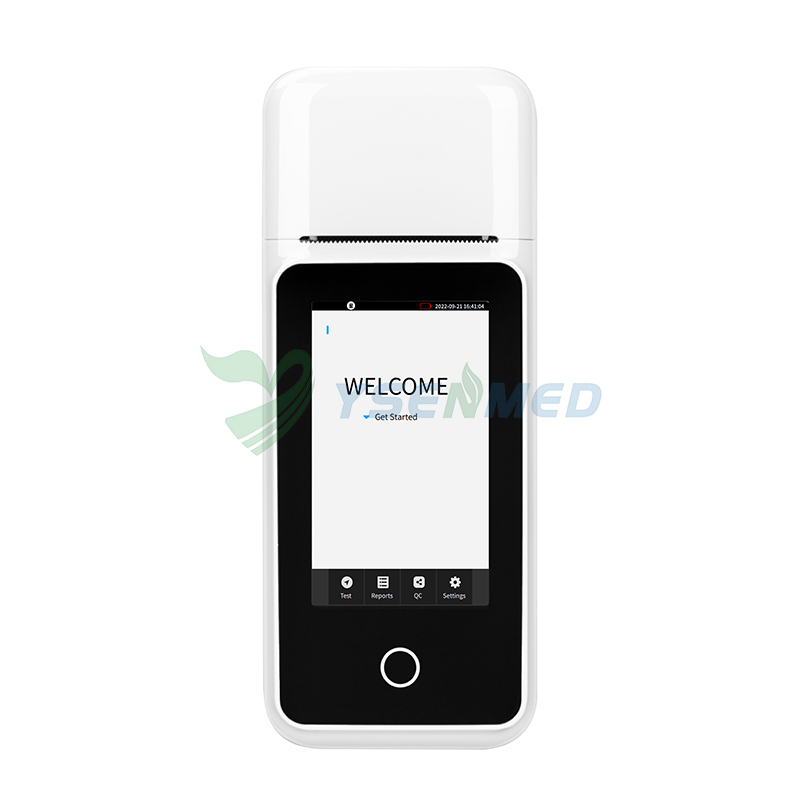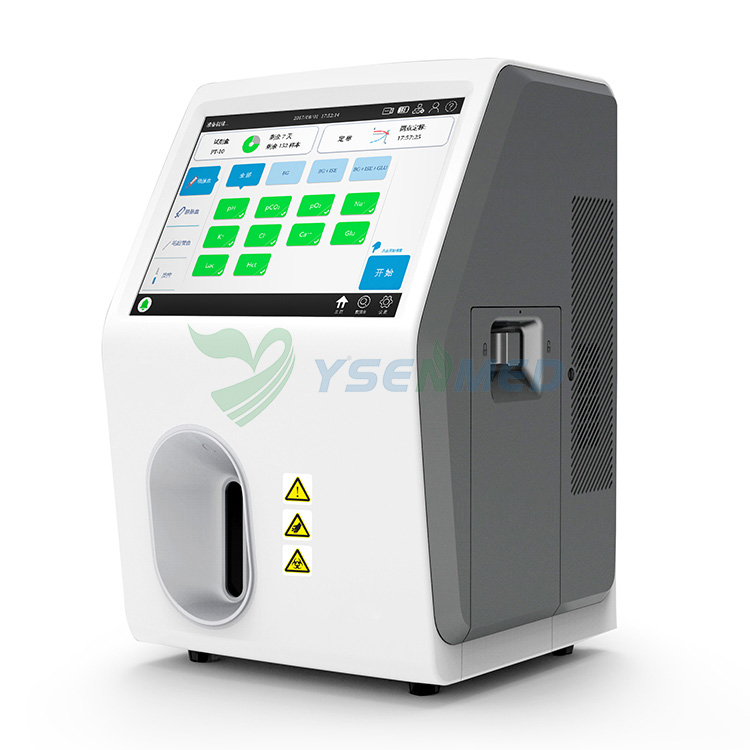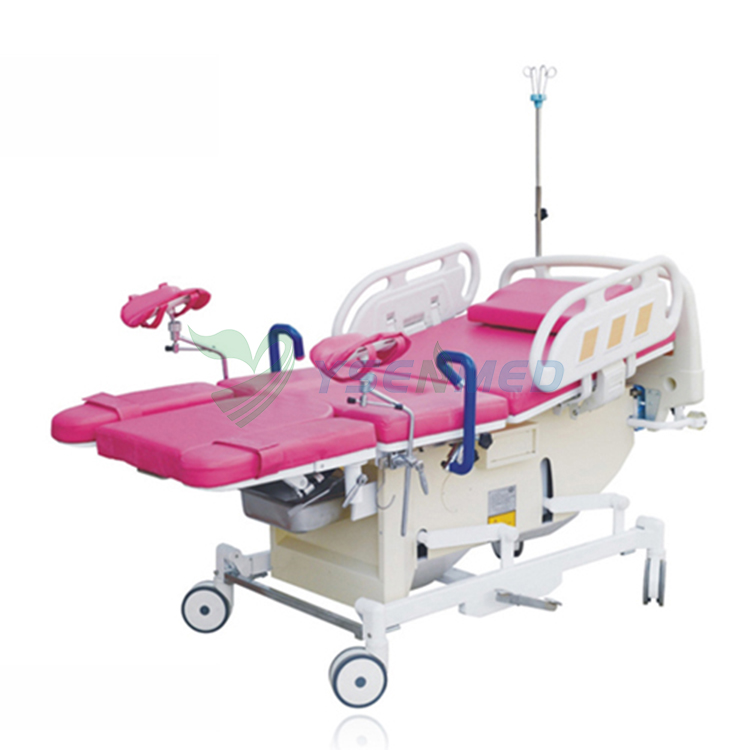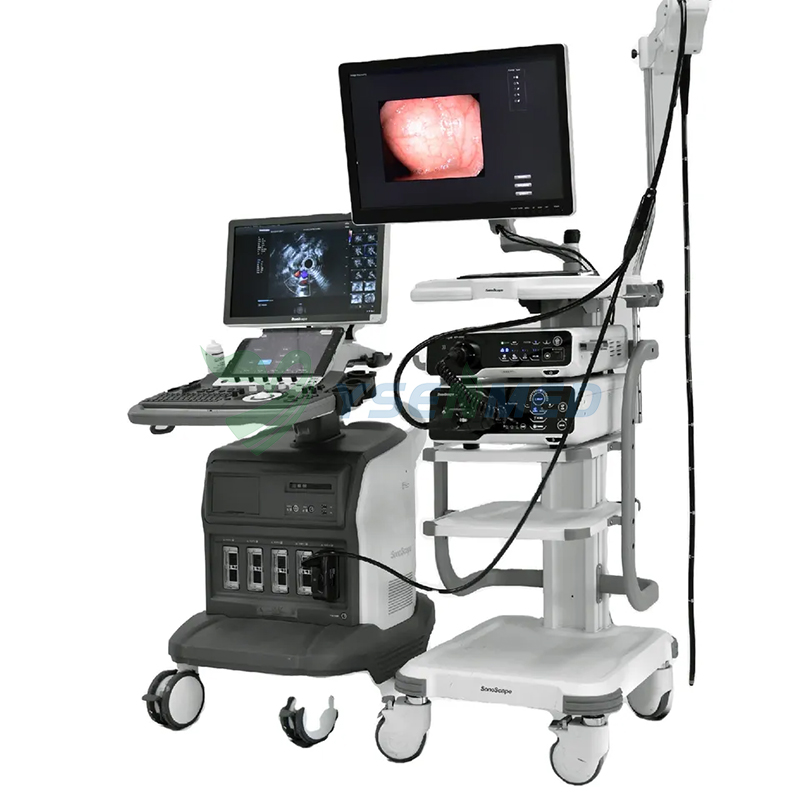Title: Infusion Tables: The Backbone of Efficient Healthcare Delivery
Introduction:
In the intricate web of healthcare delivery, efficiency stands as a cornerstone for providing optimal patient care. Among the myriad tools that aid in achieving this efficiency,
infusion tables emerge as unsung heroes. These tables, often overlooked in the hustle and bustle of medical settings, play a vital role in facilitating various medical procedures, ranging from administering medications to conducting diagnostic tests. In this comprehensive guide, we will delve into the significance of infusion tables in healthcare settings, exploring their functionalities, benefits, and impact on patient outcomes.
Understanding Infusion Tables:
Infusion tables, also known as IV (intravenous) tables or infusion pump stands, are specialized furniture designed to support intravenous therapy and other infusion-related procedures. These tables are equipped with features specifically tailored to meet the needs of healthcare professionals and patients during the administration of fluids, medications, blood products, and other therapeutic agents.
Functionality and Design:
Infusion tables are meticulously designed to provide a stable and ergonomic platform for performing infusion procedures. They typically feature adjustable height settings, allowing healthcare providers to customize the table's position according to their preferences and the patient's needs. Additionally, infusion tables are equipped with sturdy surfaces capable of supporting infusion pumps, IV poles, medication bags, and other essential equipment.
Moreover, many infusion tables are outfitted with integrated power outlets and cable management systems, facilitating the seamless connection of infusion pumps and electronic medical devices. This integration not only enhances workflow efficiency but also minimizes the risk of tripping hazards and equipment damage.
Benefits of Infusion Tables:
The utilization of infusion tables offers a multitude of benefits to healthcare providers, patients, and healthcare facilities alike:
Enhanced Patient Comfort: Infusion tables are designed with patient comfort in mind, featuring padded surfaces and adjustable configurations to accommodate individuals of varying sizes and medical conditions. This focus on patient comfort contributes to a positive treatment experience and may help alleviate anxiety associated with infusion therapy.
Improved Workflow Efficiency: By providing a dedicated workspace for infusion procedures, infusion tables streamline workflow processes within healthcare settings. Healthcare providers can efficiently organize equipment, prepare medications, and monitor patients without the constraints of inadequate workspace or cluttered environments.
Optimal Patient Safety: Infusion tables are engineered to prioritize patient safety during infusion therapy. With features such as secure attachment points for IV poles and infusion pumps, as well as built-in safety mechanisms to prevent accidental dislodgment of intravenous lines, these tables help mitigate the risk of infusion-related complications and medical errors.
Versatility and Adaptability: Infusion tables are versatile tools that can accommodate a wide range of infusion-related procedures, including intravenous medication administration, blood transfusions, chemotherapy infusions, and parenteral nutrition delivery. Their adaptable design allows healthcare providers to meet the diverse needs of patients across different clinical settings, from hospitals and clinics to ambulatory care facilities and home healthcare environments.
Compliance with Regulatory Standards: Infusion tables are manufactured in accordance with stringent quality and safety standards set forth by regulatory authorities, such as the Food and Drug Administration (FDA) in the United States and the European Medicines Agency (EMA) in the European Union. Compliance with these regulatory standards ensures that infusion tables meet essential requirements for performance, durability, and infection control, thereby safeguarding the well-being of patients and healthcare providers.
Continuing from where we left off:
Challenges and Considerations:
While infusion tables offer numerous benefits, their utilization in healthcare settings may also present challenges and considerations that healthcare providers need to address:
Space Limitations: In facilities with limited space, finding adequate room to accommodate infusion tables while ensuring accessibility and patient comfort can be challenging. Healthcare administrators may need to optimize space utilization and consider alternative solutions, such as portable or compact infusion table designs, to overcome spatial constraints.
Maintenance and Hygiene: Infusion tables require regular maintenance and cleaning to uphold optimal functionality and infection control standards. Healthcare facilities must implement protocols for disinfection and sterilization of infusion tables, including surfaces, attachments, and accessories, to prevent the transmission of healthcare-associated infections (HAIs) and ensure patient safety.
Cost Considerations: The procurement and maintenance costs associated with infusion tables can vary depending on factors such as brand, features, and customization options. Healthcare administrators must carefully evaluate the cost-effectiveness of investing in infusion tables relative to the anticipated benefits in terms of improved patient care, workflow efficiency, and compliance with regulatory requirements.
Integration with Electronic Health Records (EHR): Seamless integration of infusion tables with electronic health record (EHR) systems is essential for capturing and documenting infusion-related data accurately. Healthcare providers should ensure compatibility between infusion tables and EHR platforms to facilitate real-time documentation, medication reconciliation, and clinical decision-making.
Staff Training and Education: Adequate training and education are essential for healthcare professionals involved in the use of infusion tables, including nurses, pharmacists, and medical technicians. Comprehensive training programs should cover proper setup and operation of infusion equipment, infection control practices, medication safety protocols, and emergency response procedures to enhance patient outcomes and minimize risks.
In summary, infusion tables play a vital role in enhancing the efficiency, safety, and quality of intravenous therapy and infusion-related procedures in healthcare settings. By prioritizing patient comfort, optimizing workflow processes, ensuring regulatory compliance, and addressing potential challenges, healthcare providers can maximize the benefits of infusion tables while delivering optimal care to patients.
Patient-Centered Care:
Infusion tables play a crucial role in promoting patient-centered care by prioritizing the comfort, safety, and well-being of individuals undergoing infusion therapy. These tables are designed with ergonomic features to ensure optimal patient positioning and support throughout the duration of treatment. By offering adjustable height settings, padded surfaces, and accessibility features, infusion tables accommodate patients of diverse ages, sizes, and medical conditions, fostering a positive treatment experience and enhancing patient satisfaction.
Furthermore, infusion tables contribute to the creation of a healing environment that promotes relaxation and reassurance for patients undergoing infusion therapy. With considerations for aesthetics, lighting, and ambient noise levels, healthcare facilities can create inviting infusion areas that alleviate patient anxiety and promote emotional well-being during treatment sessions. By integrating elements of comfort and compassion into the design of infusion spaces, healthcare providers demonstrate their commitment to patient-centered care and holistic healing.
Efficiency and Productivity:
From a healthcare delivery standpoint, infusion tables serve as catalysts for optimizing workflow efficiency and productivity within clinical settings. By providing dedicated workstations for infusion procedures, these tables streamline the preparation, administration, and monitoring of intravenous therapies, reducing the risk of errors and delays in patient care.
Moreover, infusion tables support the integration of advanced technologies and automation systems into infusion workflows, such as smart infusion pumps, barcode medication administration (BCMA) systems, and electronic health record (EHR) interfaces. These technological enhancements enable real-time medication verification, infusion rate calculations, and documentation of infusion-related data, enhancing accuracy, efficiency, and medication safety in clinical practice.
By centralizing infusion activities around specialized infusion tables, healthcare providers can optimize resource utilization, minimize disruptions to clinical workflows, and maximize the productivity of nursing staff and healthcare professionals involved in infusion therapy. This operational efficiency translates into cost savings, improved patient throughput, and enhanced overall performance of healthcare delivery systems.
Quality Assurance and Regulatory Compliance:
The utilization of infusion tables in healthcare settings aligns with principles of quality assurance and regulatory compliance, as outlined by national and international standards organizations and governing bodies. Infusion tables are subject to rigorous quality control measures and undergo certification processes to ensure compliance with applicable safety, performance, and design standards.
For example, infusion tables manufactured and distributed in the United States must meet the regulatory requirements set forth by the Food and Drug Administration (FDA), including adherence to the Quality System Regulation (QSR) and conformity with recognized consensus standards for medical device safety and effectiveness. Similarly, infusion tables marketed in the European Union must comply with the Essential Requirements of the Medical Devices Directive (MDD) or the Medical Devices Regulation (MDR) for CE marking certification.
By selecting infusion tables that bear the appropriate regulatory approvals and certifications, healthcare facilities demonstrate their commitment to patient safety, quality assurance, and adherence to best practices in medical device procurement and utilization. Furthermore, ongoing compliance with regulatory requirements ensures the reliability, durability, and performance of infusion tables throughout their lifecycle, safeguarding the integrity of infusion therapy and promoting positive patient outcomes.
In conclusion, infusion tables serve as indispensable assets in healthcare delivery, supporting the provision of patient-centered care, optimizing workflow efficiency, and ensuring compliance with regulatory standards. By investing in high-quality
infusion tables and integrating them into clinical practice, healthcare providers can enhance the safety, effectiveness, and quality of intravenous therapy while promoting positive experiences for patients and healthcare professionals alike.




